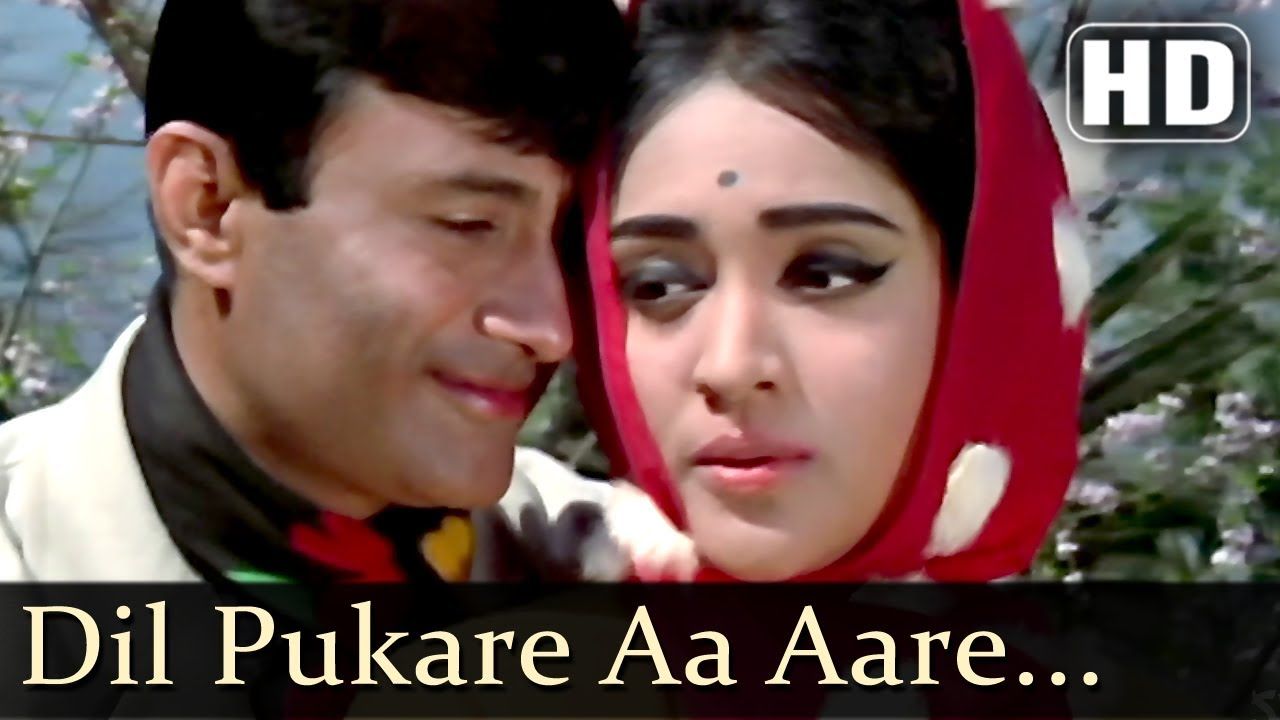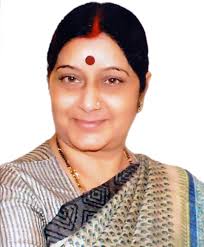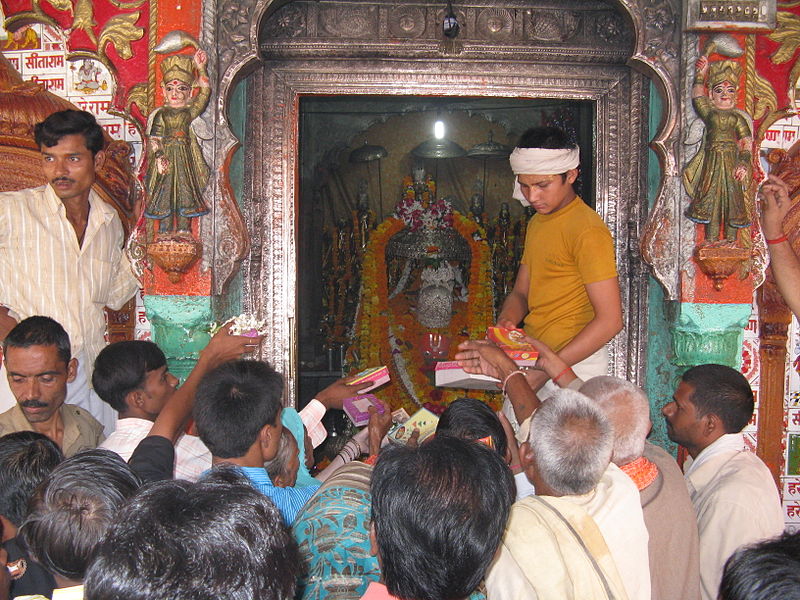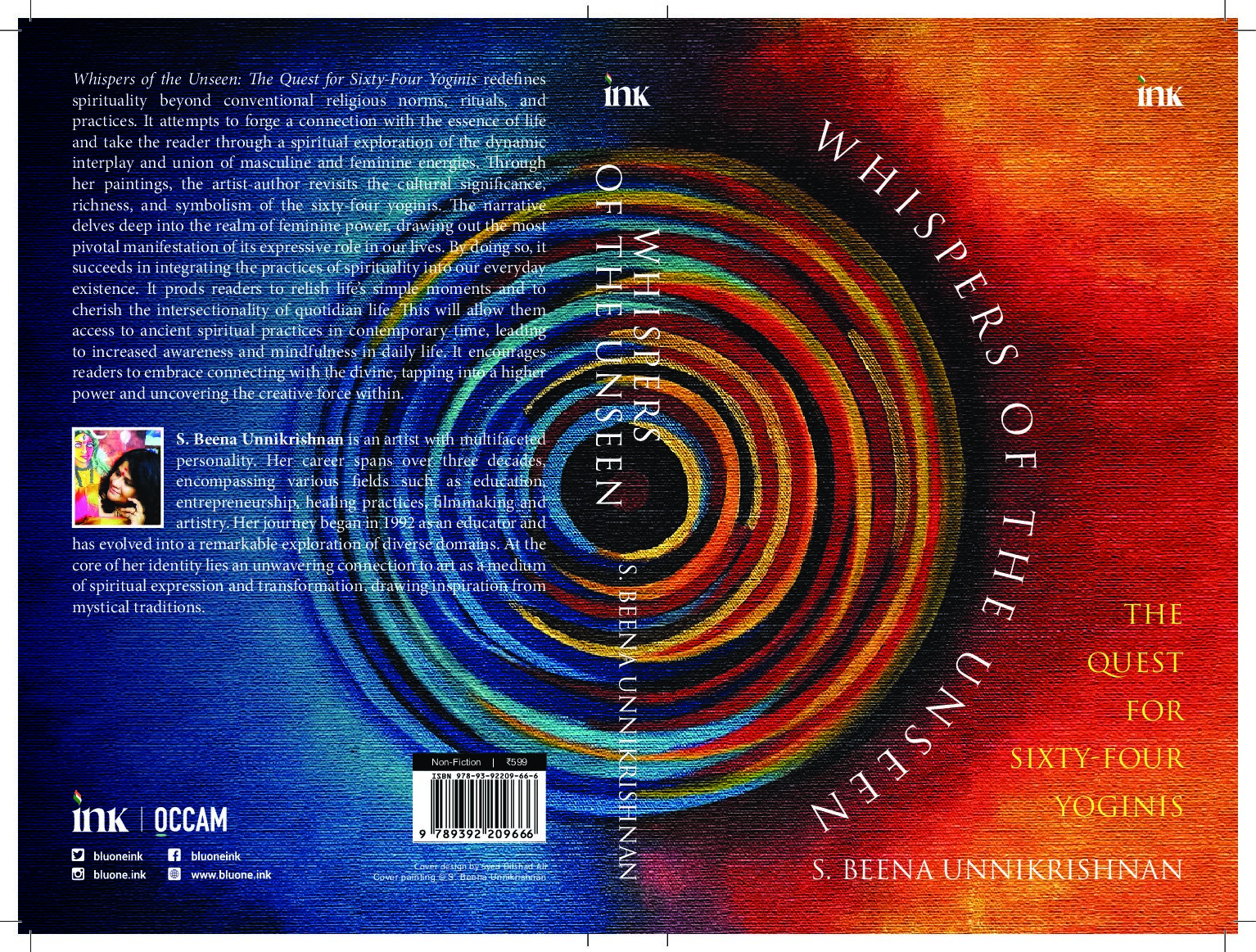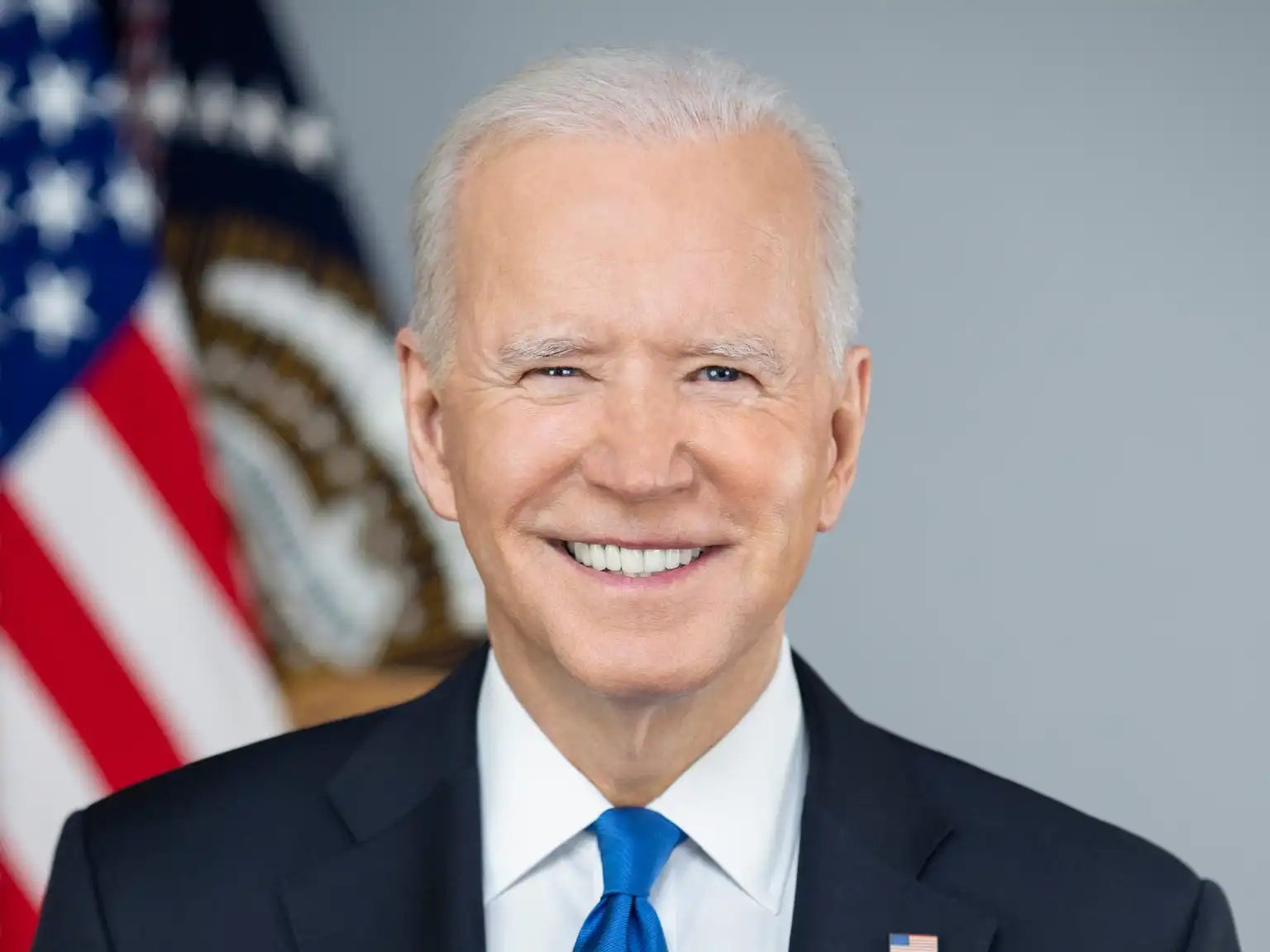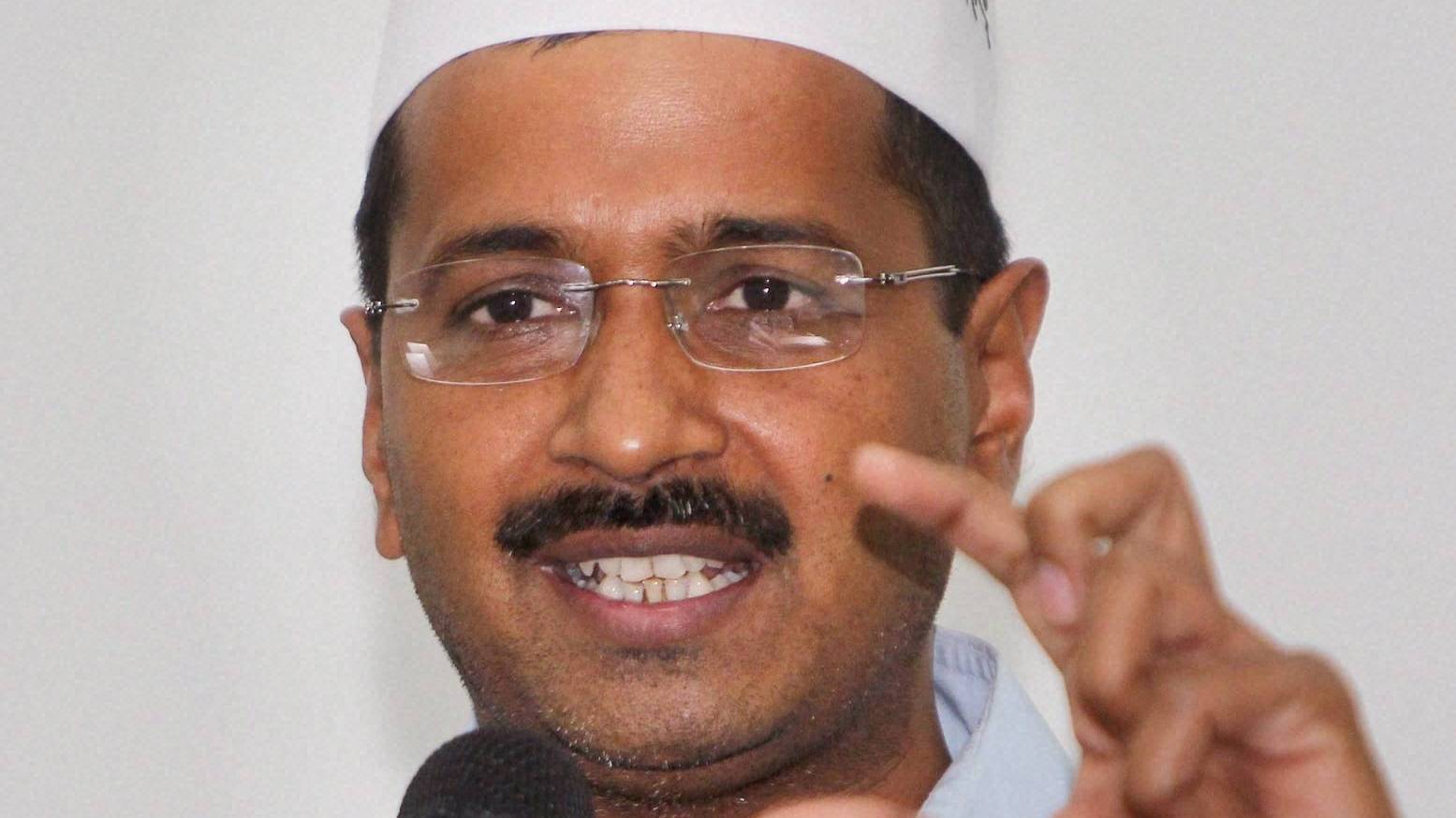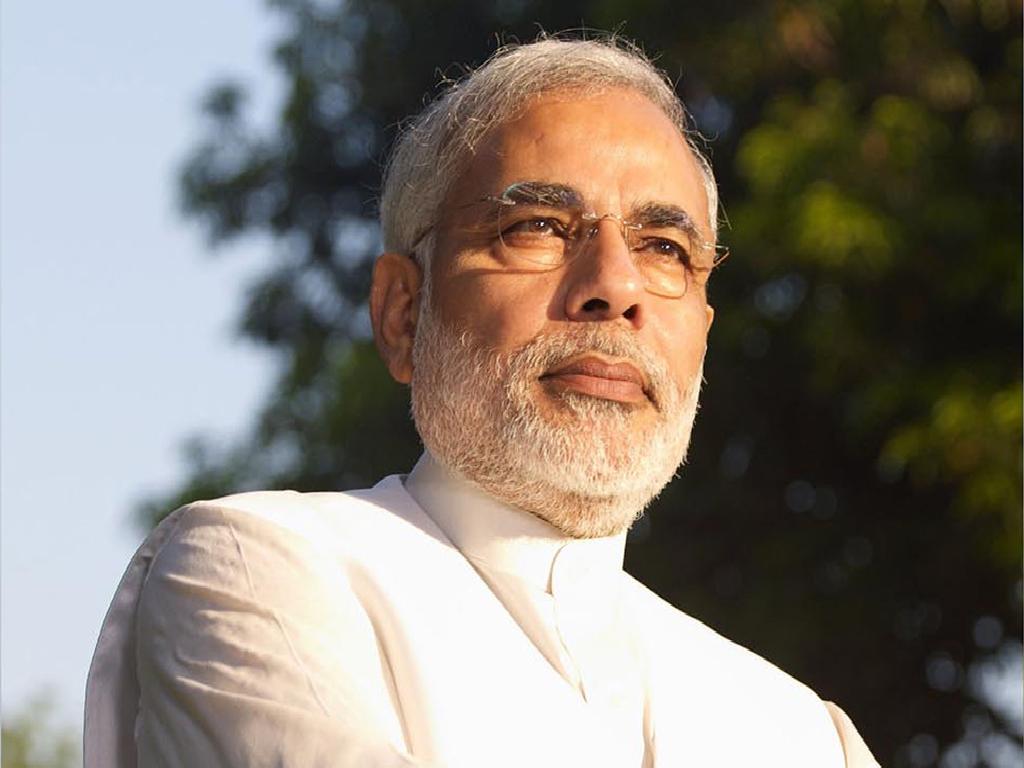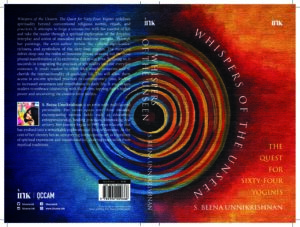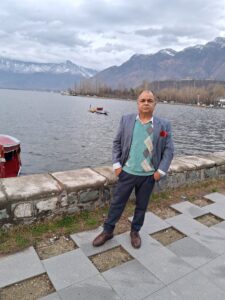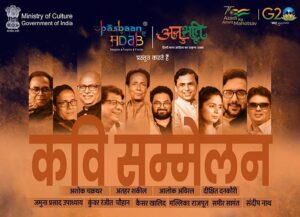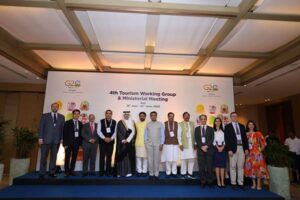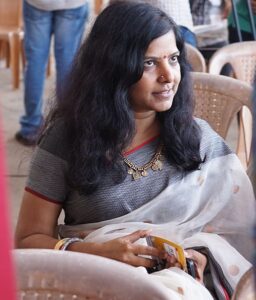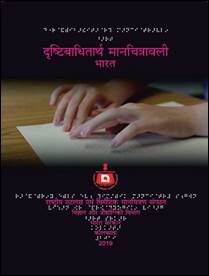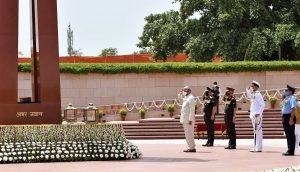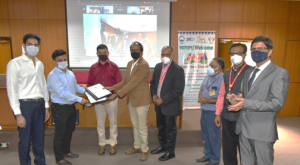Myth of Sufi-Wahhabi clash
Ravi Shanker Kapoor | February 23, 2017 10:32 pm
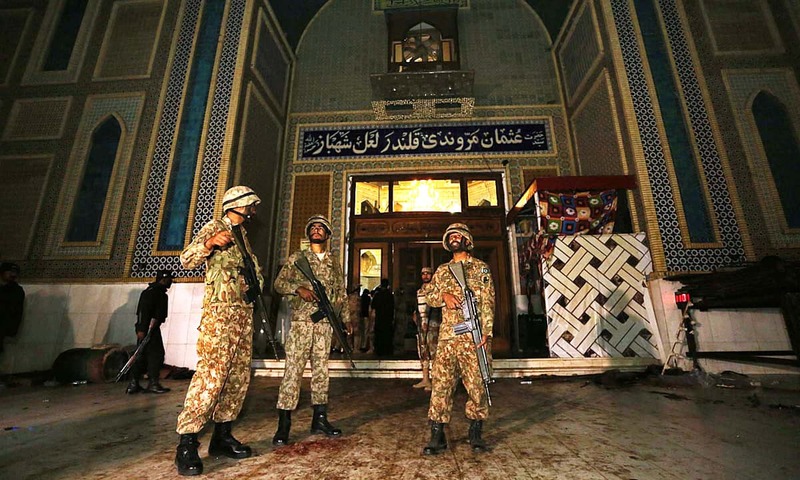
Liberals love to pit Sufism against the puritan forms of Islam like Wahhabism and Salafism, often presenting Sufism as the real thing, the soul of Islam. Concomitantly, Wahhabism is presented as a corruption of the faith, or a parasite gnawing at the essentials of Islam. The truth, however, is much more complicated than explained in this misleadingly simple binary. The suicide attack at the shrine of Lal Shahbaz Qalandar at Sehwan in Sind last week is being interpreted to buttress the liberal narrative. The attack, carried out by the Islamic State, killed about 100 people and injured many more. But liberals’ interpretation is deeply flawed, as we shall see.
In an article in The Indian Express (February 21), William Dalrymple, a historian and best-selling author, wrote, “The rise of Islamic radicalism is often presented in starkly political terms, but what happened in Sehwan this week is a reminder that at the heart of the current conflict lie two very different understandings of Islam. Hardline Wahhabi/Salafi fundamentalism has advanced so quickly in Pakistan partly because the Saudis have financed the building of so many madrasas which have filled the vacuum left by the collapse of state education. These have taught an entire generation of Pakistanis to abhor the gentle, syncretic Sufi Islam, and the music that carries its message, that has dominated South Asia for centuries, and to embrace, instead, an imported form of Saudi Salafism.”
This is the standard liberal narrative but it is full of glaring anomalies. For it suggests that Saudi Arabia does not know what real Islam is. This is ludicrous, for if Saudi Arabia is not Islamic, then the Pope is not Christian, Donald Trump is not American President, and Narendra Modi is not India’s Prime Minister. Now while liberals would prefer last two statements to be true, the reality is very different from what they would like it to be. The Islamic nature of Saudi Arabia is beyond dispute: in fact, it is the most Islamic country in the world; it is accepted by the Muslims all over the world as the exemplar of Islamic country and of all things Arabian worthy of emulation; this is the reason that Muslims all over the world are obsessed with everything Arabic, as reflected in their nomenclatures, sartorial standards, eating preferences, etc.
A natural corollary of the observation made above is that Wahhabism, which is the official ideology of Saudi Arabia, cannot be foreign or even peripheral to Islam.
Further, it is wrong to present literalist, murderous Wahhabism and “gentle, syncretic Sufi Islam” as mutually exclusive interpretations. The Pakistani newspaper The Express Tribune carried an article by Naveed Hussain on January 18, 2011. It said, “Sufi masters have described fighting one’s ‘evil self’ as a greater jihad than armed struggle. Nonetheless, all Sufis weren’t and aren’t non-violent. Read history. Sufi sheikhs and dervishes led revivalist movements, fighting foreign rule as well as the ‘tyranny and oppression’ of Muslim rulers.”
Hussain goes on to cite instances of Sufis’ affair with puritan Islam. In 1240, Baba Ilyas-i-Khorasani and Baba Ishaq, two popular Sufi sheikhs, mobilised nomadic Turkmen against the Seljuk rule in what is modern-day Turkey, demanding a revival of ‘pure’ Islam. And in the 15th and 16th centuries, several Sufi masters led armed uprisings in the Ottoman Empire against the ‘lax’ official Islam.
In modern times, Sufi masters often led revivalist movements against imperialists, Naveed Hussain wrote. The Sanusiyya—a Sufi order widespread in Libya, Egypt, Sudan, and the Sahara —fought against the Italian colonialists. “And the Muridiyya order, founded by Amadu Baba, fought the French in Senegal. In the late 19th and early 20th centuries, Sufis from Naqshbandiyya and Qadiriyya orders fought jihad against ‘godless’ Russian tsars and the Soviets.”
So, the lure for pure Islam has existed for a very long period. It existed centuries before Muhammad ibn ʿAbd al-Wahhab (1703-92), who propounded the Wahhabi School, was born.
There have been a large number of Sufis who have promoted jihad. Al-Ghazali (1058-1111), the great Sufi and Muslim theologian who frowned upon rational inquiry, said, “[O]ne must go on jihad (i.e., warlike razzias or raids) at least once a year… One may use a catapult against them [non-Muslims] when they are in a fortress, even if among them are women and children. One may set fire to them and/or drown them… If a person of the Ahl al-Kitab [People of The Book, that is, Jews and Christians, but also Hindus in India] is enslaved, his marriage is [automatically] revoked… One must destroy their useless books. Jihadists may take as booty whatever they decide… They may steal as much food as they need…”
Then there was Shaykh Aḥmad Sirhindi (1564-1624), another Sufi and theologian. He, says Encyclopedia Britannica, “was largely responsible for the reassertion and revival in India of orthodox Sunnite Islam as a reaction against the syncretistic religious tendencies prevalent during the reign of the Mughal emperor Akbar.”
The great Sufi believed that only the sword can establish Shariat. “Kufr [paganism, disbelief] and Islam are opposed to each other… The honor of Islam lies in insulting kufr and kafirs… They [kafirs] should be kept at an arm’s length like dogs…”
Further, he said, the real purpose in levying jizya on non-Muslims “is to humiliate them to such an extent that, on account of fear of jizya , they may not be able to dress well and to live in grandeur… Cow-sacrifice in India is the noblest of Islamic practices. The kafirs may probably agree to pay jizya but they shall never concede to cow-sacrifice.”
Then there is the great hero of liberals, Amir Khusrow (1253-1325), a Sufi courtier, poet, and scholar. He was a spiritual disciple of Nizamuddin Auliya of Delhi. Khusru is lionized as a great icon of Hindu-Muslim amity, or composite culture, the so-called ganga-jamuni sanskriti. Let’s see how he promoted communal amity. “When the royal army [of Alau’din Khalji] reached that province [Gujarat], it won a victory after great slaughter… The army of Islam broke the idols [at Somnath] and the biggest idol was sent to the court of the Sultan.” This is Khusru—the icon of inter-religious faith! The historian Sitaram Goel wondered “whether the poet of Islam is being honored or slandered when he is presented in our own times as the pioneer of Secularism.”
It gave great joy to Khusru to see the Islamic conquest of Deccan and south India: “The tongue of the sword of the Khalifa of the time, which is the tongue of the flame of Islam, has imparted light to the entire darkness of Hindustan by the illumination of its guidance… the army has conquered from sea to sea, and several capitals of the gods of the Hindus in which Satanism had prevailed since the time of the Jinns, have been demolished. All these impurities of infidelity have been cleansed by the Sultan’s destruction of idol temples, beginning with his first expedition against Deogir, so that the flames of the light of the law illuminate all these unholy countries, and places for the cries to prayers are exalted on high, and prayers are read in mosques. God be praised!” So much for composite culture and communal harmony.
Yet, liberals continue to wax lyrical when it comes to Sufism. So, Max Bearak wrote in Washington Post (February 16), “Thursday’s attack was far from the first against a tradition that professes peace and tolerance.”
This is not to say that Wahhabism and Sufism are identical; there are many differences between the two strands of Islam, but there is also a great deal of overlapping. Therefore, it is wrong and misleading to portray the two as completely antithetical entities.
Photo courtesy: www.dawn.com



